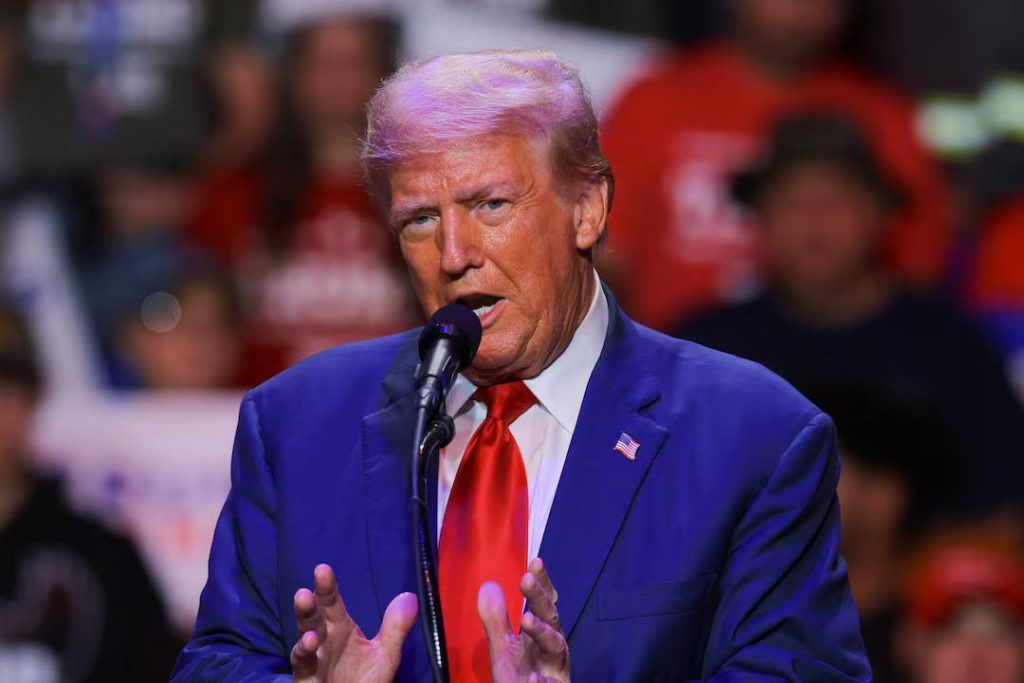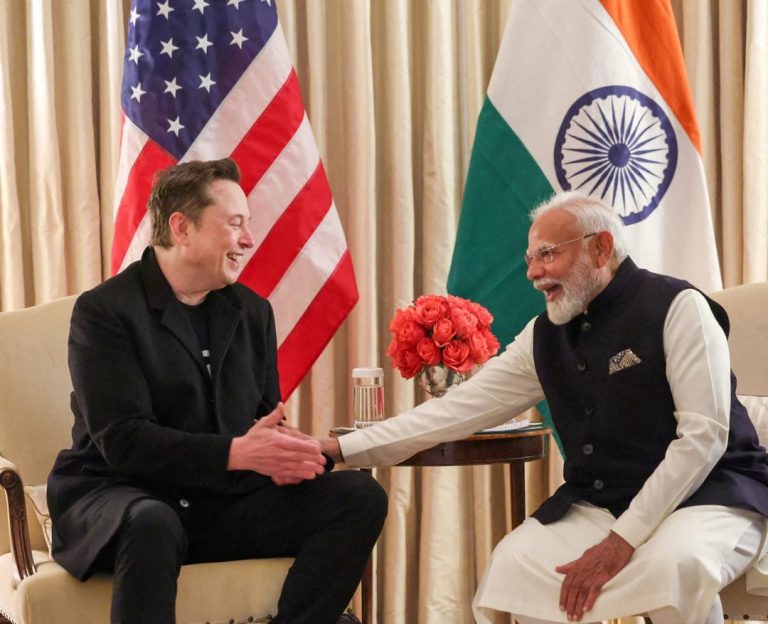
US 25% Tariffs on Canada, Mexico on Time for Deadline: Trump
In a move that has sent shockwaves across the international trade community, US President Donald Trump has confirmed that the 25% tariffs on goods imported from Canada and Mexico will be imposed “on time” for the March 4 deadline. This decision comes despite efforts by both countries to restrict the flow of fentanyl into the US and ramp up border security.
The tariffs, which were initially imposed in June 2018, were put on hold in January this year to allow for negotiations between the US, Canada, and Mexico to resolve their trade disputes. However, the talks have been stalled since then, and the US has since given notice that the tariffs will be reinstated.
Canada and Mexico are two of the US’s largest trading partners, with the US importing goods worth $918 billion from the two countries in 2020 alone. The tariffs will apply to a range of goods, including steel, aluminum, and autos, which are among the most significant imports from Canada and Mexico.
The decision to impose tariffs has been met with widespread criticism from both countries, with Canadian Prime Minister Justin Trudeau calling the move “unacceptable” and Mexican President Andres Manuel Lopez Obrador saying it would “harm” relations between the two nations.
The tariffs are also expected to have a significant impact on the US economy, with many industries, including automotive and manufacturing, warning of job losses and increased costs. The US Chamber of Commerce, a leading business lobby group, has also expressed its opposition to the tariffs, saying they will harm American businesses and consumers.
So, why is the US imposing tariffs on its closest neighbors? According to Trump, the decision is a response to what he claims is unfair trade practices by Canada and Mexico. In a tweet, Trump said, “Tariffs will be placed on all goods from Canada and Mexico until they come to a deal that is fair to the United States.”
However, many experts believe that the real reason for the tariffs is Trump’s desire to make good on his campaign promise to “put America first” and to renegotiate trade agreements to benefit American businesses and workers.
In recent months, the US has been increasing its efforts to restrict the flow of fentanyl and other synthetic opioids into the country. Fentanyl, which is often manufactured in Mexico and then smuggled into the US, has been linked to thousands of overdose deaths in the US each year.
To address this issue, the US and Canada have been working together to improve border security and to disrupt the supply chain of fentanyl and other illegal drugs. However, the tariffs are seen as a setback to these efforts, as they are likely to reduce the flow of goods and services between the two countries and make it harder to coordinate efforts to combat drug trafficking.
Mexico has also been working to ramp up its efforts to combat drug trafficking and to improve its relationship with the US. In recent months, the country has seen a significant increase in violence and drug-related deaths, and the government has been under pressure to take action to address these issues.
In response to the tariffs, the Mexican government has announced plans to impose its own tariffs on US goods, including corn and pork. The move is seen as a response to the US tariffs and is likely to escalate the trade tensions between the two countries.
In conclusion, the decision by the US to impose 25% tariffs on goods imported from Canada and Mexico is a significant development in the ongoing trade tensions between the US and its closest neighbors. While the tariffs are likely to have significant economic implications for all three countries, they are also a reflection of the complex and often fraught relationships between the US, Canada, and Mexico.
As the situation continues to unfold, it will be important for businesses, politicians, and citizens to stay informed and to advocate for policies that promote fair trade and cooperation between nations. The tariffs may be a necessary step towards achieving these goals, but they also risk causing harm to the very people and industries they are intended to protect.






